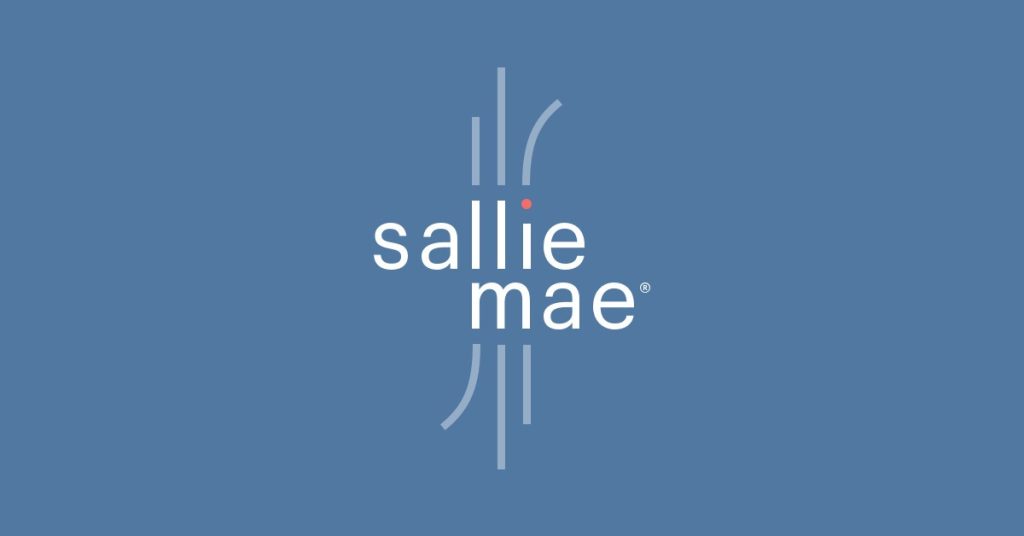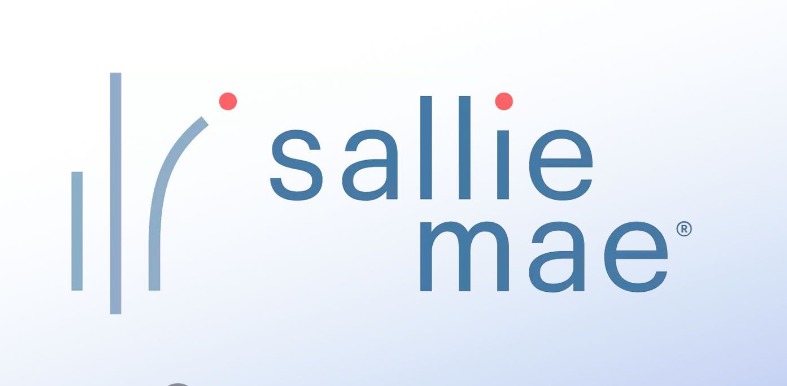
In 2014, Sallie Mae, which was first established in 1973 as a federally guaranteed student loan program, separated into two dominant companies: Sallie Mae Bank, which operates as a consumer bank, and Navient, which is the largest federal student loan servicer.
Sallie Mae Student
Fixed rates Enter to win $2,000 scholarshipPrivate student loans from Sallie Mae are great for people who wish to be compensated for making a payment while they are enrolled in school. For instance, Sallie Mae provides borrowers with lower loan rates if they make $25 monthly payments or interest-only payments while enrolled in school.
Choose from the following student loan categories:
- Undergraduate.
- Graduate studies.
- Career development.
- MBA.
- Medical college.
- Fellowship in medicine.
- Dental college.
- Dental training.
- Health professions graduates.
- Law degree.
- Bar study.
Learn more about Sallie Mae Student Loans
Sallie Mae provides a selection of loan terms and payback schedules. The sort of loan you take out will determine the possibilities you have. However, bear in mind that you’ll save money if you can make monthly interest-only or $25 flat fee payments. Most Sallie Mae loans enable you to postpone payments until six months after you graduate from college.
After graduating, making 12 timely principal and interest payments, and satisfying certain credit standards, you can file with Sallie Mae to have your cosigner released from their obligation to repay your loan.
Other Benefits of the Loan
- Large loan amounts: At an authorized school or institution, you may be able to obtain 100% of the fees associated with your school certification paid.
- Educational resources: Sallie Mae offers free study assistance and calculators for college costs to existing and potential borrowers. Sallie Mae assists students at various stages of their educational journey.
- Variety of programs supported: While most lenders demand that you be enrolled at least half-time, Sallie Mae provides loans for students who are only half-time, taking online or summer courses, studying abroad, or taking professional certification courses.
A Guide to Applying for Sallie Mae Student Loans
Applying for a Sallie Mae student loan can be a straightforward process if you know the steps. This guide will take you through each stage, ensuring you understand every aspect of the process.
- Step 1: Research Your Options Before applying, research the various loan options Sallie Mae offers. They provide loans for undergraduate, graduate, and specialized programs. Understanding the specifics of each option, including interest rates and repayment terms, is crucial.
- Step 2: Check Eligibility Criteria Ensure you meet the eligibility criteria. Sallie Mae loans require applicants to be U.S. citizens or permanent residents. If you’re not, you may need a cosigner who meets these requirements.
- Step 3: Gather Necessary Documentation Prepare the required documents. This includes proof of identity, school enrollment information, and financial details. If you’re applying with a cosigner, they’ll also need to provide their financial information.
- Step 4: Complete the Application Fill out the application on the Sallie Mae website. The process is user-friendly and guides you through each step. Be thorough and honest in your responses.
- Step 5: Review Loan Terms Once approved, carefully review the loan terms. Pay special attention to the interest rates, fees, and repayment options.
- Step 6: Accept the Loan If you’re satisfied with the terms, accept the loan. Funds are typically disbursed directly to your school to cover education costs.
Conclusion
Sallie Mae student loans can be a valuable resource in funding your education. They offer flexibility and variety, catering to different educational needs. However, it’s important to borrow responsibly. Consider your future financial situation and only borrow what you need. Remember, loans must be repaid with interest. By following these steps, you can make an informed and confident decision in your educational journey.




 5 SUVs With Some of the Lowest Estimated Monthly Payments in 2025 (Full Guide)
5 SUVs With Some of the Lowest Estimated Monthly Payments in 2025 (Full Guide)  Subaru Auto Loans
Subaru Auto Loans  CHASE AUTO LOAN — Smart Financing for Your Next Ride
CHASE AUTO LOAN — Smart Financing for Your Next Ride